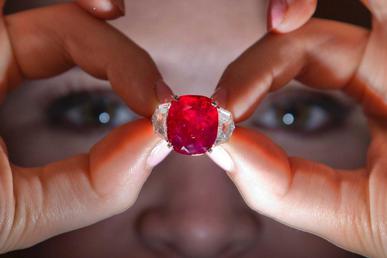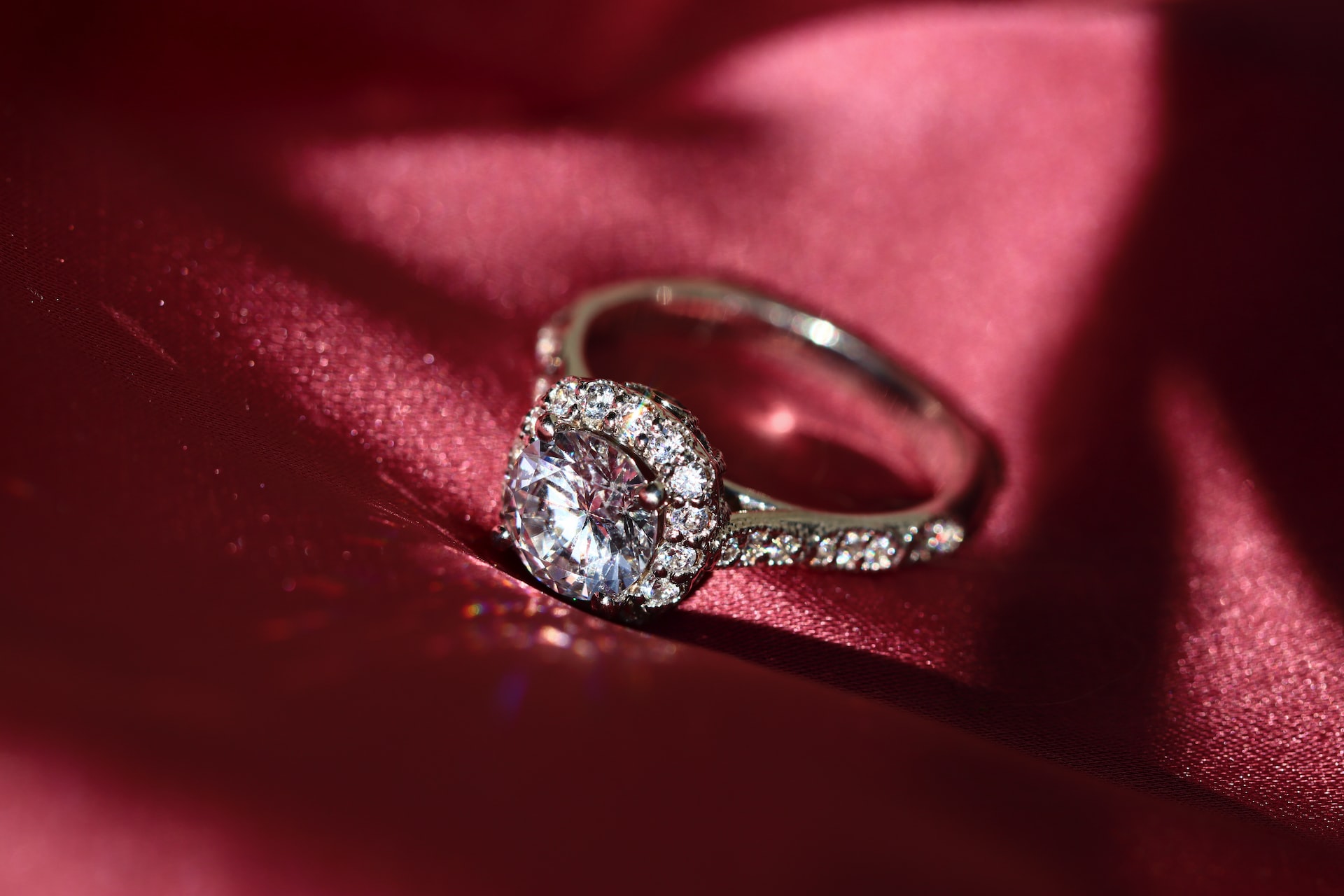How long does it take to turn peanut butter into diamonds?
Are you someone wondering how long does it take to turn peanut butter into diamonds? Then keep reading this article. Instead of Jared, you could look for an engagement ring in the nut butter section of the grocery store. A German scientist discovered that peanut butter could transform into diamonds under certain conditions. Simulating the conditions found in the earth’s mantle is all that is required to determine whether chocolate diamonds complement those conditions.
According to Popular Mechanics, Dan Frost, a geophysicist at the Bayerisches Geoinstitut in Germany, investigated the process by which crystal structures in the lower mantle were formed and discovered a natural process that pulls carbon dioxide from the Earth’s crust into the planet’s deeper layers. Diamonds are formed when carbon is removed from carbon dioxide during the process of extracting oxygen from carbon dioxide under extreme pressure and temperature conditions.
From the lunchbox to the laboratory, peanut butter was loaded with carbon. The BBC reports that powerful machinery that was set 1.3 million times higher than the air around us heated it to temperatures 500 miles below the surface of the Earth. It was under pressure. The experiment altered the crystal structure and produced a peanut butter diamond despite the mess. Therefore, should Skippy stock be purchased? Perhaps not immediately.
The Bayerisches Geoinstitut in Germany is conducting research on the Earth’s mantle, a thick, rocky layer nearly three kilometers below the outer crust. Because it accounts for approximately 85% of our planet’s mass and weight, scientists must be aware of it. The team, led by geochemistry Dan Frost, aims to precisely determine the composition of our planet’s largest structural component by crushing a number of rocks at the highest pressures possible.
Despite the fact that it has been hypothesized that the Earth’s mantle was formed from the same materials that were tossed about by the asteroid belt, previous research has shown that the Earth’s mantle contains significantly less silicon than meteorite material. Frost is tasked with figuring out where all that silicon will go.
The pressure required to replicate Earth conditions is produced by Frost’s team using two distinct presses. “The first uses a powerful piston to squeeze tiny crystal samples at up to 280,000 times atmospheric pressure as they are simultaneously cooked by a furnace,” writes David Robinson at BBC Future. The crystal’s atoms reorganize themselves into denser structures as a result, much like the top layers of the lower mantle, which are approximately 800 to 90 kilometers (500 to 562 miles) below the Earth’s surface.
After that, a tiny diamond anvil presses these minerals even harder. Because of this, the team is now able to replicate the appearance of a mineral deep within the lower mantle layer. The tiny diamonds exert approximately 1.3 million times more pressure than the Earth’s atmosphere.
Frost’s explanation of how he measures the movement of sound waves through the minerals while they are still being crushed in the anvil is the genius part of the story. He then looks into it to see if this is similar to how seismic waves travel through the Earth’s layers during an earthquake or volcano eruption.
Frost’s experiment, according to Robinson, demonstrated that meteorite-like mantle materials lack sufficient silicon. It could have gone through the mantle all the way down to the inner core, or it could have gone the other way and ended up in the young Earth’s crust before being ejected by impacting meteorites.
Either way, it would have reached the inner core. It would have reached the inner core in either case. Regardless, it could have been there. Frost and his team need to figure that out right away. Discovering that making diamonds from peanut butter is not a legitimate business will disappoint nuts who had high hopes that the diamonds in their Jif jar would be worth their weight.
The scientists who discovered that peanut butter subjected to certain conditions could turn into a diamond are hopeful that their discovery will be useful in other ways, despite the fact that they do not intend to quit their day jobs to become jewelers.
The Earth’s composition and origins are still poorly understood, according to the BBC. By simulating the conditions that exist within the deeper layers of the Earth’s mantle and studying how those conditions affect carbon extracted from peanut butter, we can learn a lot about how our planet came into existence and continues to function.
Peanut butter, according to Wonderopolis, performs better than the materials used to make man-made diamond jewelry. Due to their strength, diamonds are utilized in the mining and automobile industries for material cutting and polishing. As a result, they might benefit from having access to different resources for making gemstones. If you are unable to replicate the heat and pressure of the Earth’s mantle in your kitchen, your favorite peanut butter will not soon transform into diamonds.
On the other hand, the fact that peanut butter can be made into diamonds might make that PBJ sandwich a little bit more deserving of your appreciation.












